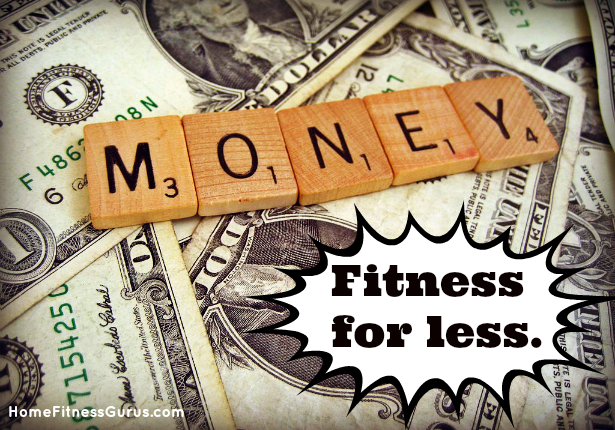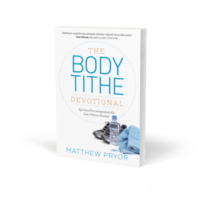
Fitness for less sound good? Wouldn’t you like to add to your savings? Probably so, but finding extra dollars to put into savings is a challenge for everyone. Would you like to start a new fitness program? Maybe not. But what if you could boost your savings by getting healthier? That’s what I call fitness for less and it might be just the catalyst you need to make some lifestyle changes. Here are four rules to pursue fitness for less.
Fitness for Less Rule #1: Eat real food
Sure, processed foods are cheap, but they aren’t satisfying because they are void of many of the nutrients found in whole foods. So rather than spending $12 on frozen dinners to feed the family, you could buy chicken breasts, fresh broccoli, and whole grain rice—all for under $10. And you would have leftovers to boot. Annual Savings: $700+
TIP: When grocery shopping, stick to the perimeter of the store: produce, breads, meats, and dairy. The aisles are where the tempting, highly-processed foods are lurking.
Fitness for Less Rule #2: Investigate work and insurance wellness programs
Office wellness programs are a growing trend. These plans incentivize employees with prizes, discounts on goods, reduced insurance premiums, and of course, bragging rights. Insurance carriers love them because healthier policyholders mean fewer claims. And employers love them because healthier employees mean fewer sick days and better productivity. Annual Savings: $300+
TIP: Contact your human resources department to see if any wellness initiatives are available to you.
Fitness for Less Rule #3: Avoid habit foods
How many foods do you eat out of habit rather than necessity? And of those foods, how many could you switch to a healthier version, without the name brand? I’m talking to all the daily $4 Starbucks latte drinkers out there. Or maybe you’re a $1.99 “soda and muffin on the way into work” kind of person. If you traded in that high-calorie coffee or muffin for some office coffee and a banana or a high quality meal replacement drink like Shakeology, you’d put money in your pocket and still keep the pep in your step. Annual Savings: $400-$1,000
TIP: Coffee, in and of itself, is low calorie and not necessarily bad to drink in moderation. It’s the creamers, sweeteners, and fancy flavors that often make it unhealthy. So if you can’t switch to black, try something different altogether like green tea. Green tea costs pennies per serving and has significant vitamin, mineral, and antioxidant benefits.
Fitness for Less Rule #4: Quit the gym
The average monthly gym membership costs about $42, and the typical member visits his or her gym less than twice a week. (See www.ihrsa.org website for these and more related statistics) Thinking of it in daily terms, it’s not unreasonable to suggest that roughly $30 of the typical $42 membership fee is being wasted. Furthermore, gyms are notoriously bad at actually producing results. Members who get positive outcomes often pay for extra services such as classes, trainers, or various health assessments. Instead, skip the gym and head to the park or community center for some exercise. Ride your bike to work. Or consider “active” hobbies such as gardening, which can burn 250 calories an hour or more. Annual Savings: $500+
TIP: No surprise here. My favorite place to exercise is at home. With programs like P90X, Insanity, TurboFire, and others on the market today, you can get amazing results without ever leaving your house, which is also a huge time-saver. Of course this requires an upfront investment. But unlike your use-it-or-lose-it gym membership, a DVD program is yours forever (and the cost-per-use gets cheaper every time you hit play).
Putting these suggestions into practice will be hard at first, but the payoff will be worth it. Getting healthier as you get wealthier—that’s what I call having a sound mind and body.
NOTE: In a previous life, I worked as Director of Operations for Sound Mind Investing. The above post was adapted from a March 2013 article I wrote for them entitled “Boost Your Savings While Getting Healthy.“
Start My Coaching!
